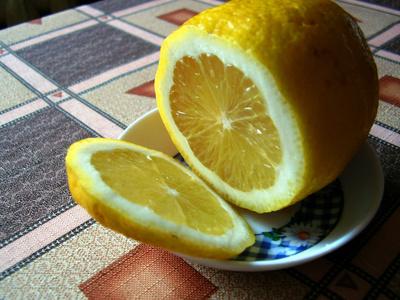Here’s a secret: oily skin doesn’t have to be a fact of life. So-called “skin type” is not like your height or eye color-you can change it for the better. In fact, “oily skin” isn’t even a bona fide medical condition. There isn’t a healthy or unhealthy sebum level for your skin-a little too much sebum may feed the bacteria that cause acne, if you’re susceptible, but it won’t otherwise hurt you. Whether your skin is actually oily is a subjective judgment, not an official diagnosis.
Even though oily skin is not an actual medical condition, an increase in oil secretion could be a symptom of an underlying medical condition. Such conditions include polycystic ovary syndrome and other endocrine disorders. A big change in sebum secretion is a symptom that you should take to your doctor as soon as you notice it.
If you don’t have an obvious underlying medical condition, chances are good that you can resolve your oily skin problem by simply changing some common behaviors. First, examine your diet. This is the first thing to consider when you’re unhappy with the condition of your skin. Lower or eliminate the amount of refined sugar that you consume. Consider adopting a low-carbohydrate diet, since the typical level of carb consumption can trigger hormone secretion that leads to overactive oil glands. It can be hard to change dietary habits, but the health payoff is almost always worth the trouble.
Next, examine your skin cleansing habits; stop over-cleansing your skin. Your skin should not be squeaky-clean after you cleanse. Healthy skin always maintains at least a slight oil mantle, even after cleansing. Over-cleansing can lead directly to the overproduction of oil, as the skin tries to protect itself from exposure to the elements. Cleanse with a moisturizing cream cleanser, cold cream, or oil-rich soap. Avoid toner; it’s an unnecessary product that typically does more harm than good.
Use nutritious products on your skin. Petroleum-based products, such as petroleum jelly and mineral oil, are often used in mass-market skin care lines because they are cheap and non-irritating. The problem is that they offer the skin no nutrition. Skin is the last bodily organ to receive nutrients from food, and it is by far the largest. Sometimes, skin needs topical nutrient supplementation in order to maintain or recover its optimum health.
Nutrients such as essential fatty acids, antioxidants, vitamins, and minerals are abundant in plant oils, but are entirely absent in extremely refined petroleum derivatives such as mineral oil. Coconut oil, olive oil, and grapeseed oil are three highly emollient, nutritious plant oils that may be able to give your oily skin the nutrients that it is starving for.
Watch out for “oil-free” products that are heavily marketed to people with “oily” skin. Such products are typically water- and glycerin-based-again, these are substances that are moisturizing, but have little nutritional value for your skin. Using a nutritious plant-oil product on your skin serves the dual purpose of delivering any nutrients your skin may be lacking and also signaling to your skin that it’s time to stop producing oil. In this way, when skin is well-fed and well-protected with a light layer of oil, it doesn’t need to go into the “survival mode” that’s characterized by overproduction of sebum.
Your skin can go into oily survival mode when it’s irritated by over-treatment, not just over-cleansing. Too much exfoliation, alpha or beta acid peels, or even excessively drying clay masks can push skin to over-secrete sebum. Avoid overdoing these active treatments, and continue to patiently cleanse skin gently.
Patience is key to overcoming oily skin. Treating your skin with care and gentleness, instead of cheap or harsh ingredients, isn’t an overnight cure for oily skin, but can make a significant difference over the course of weeks or months.
At Skin Beauty, we carry an array of skincare products that helps you overcome oily skin conditions. A good place to start is using Jan Marini Bioglycolic skincare products which contain glycolic to sluff off dead skin and expose newly radiant skin.


